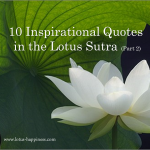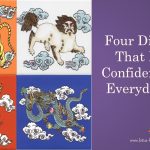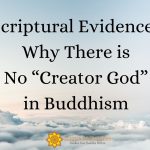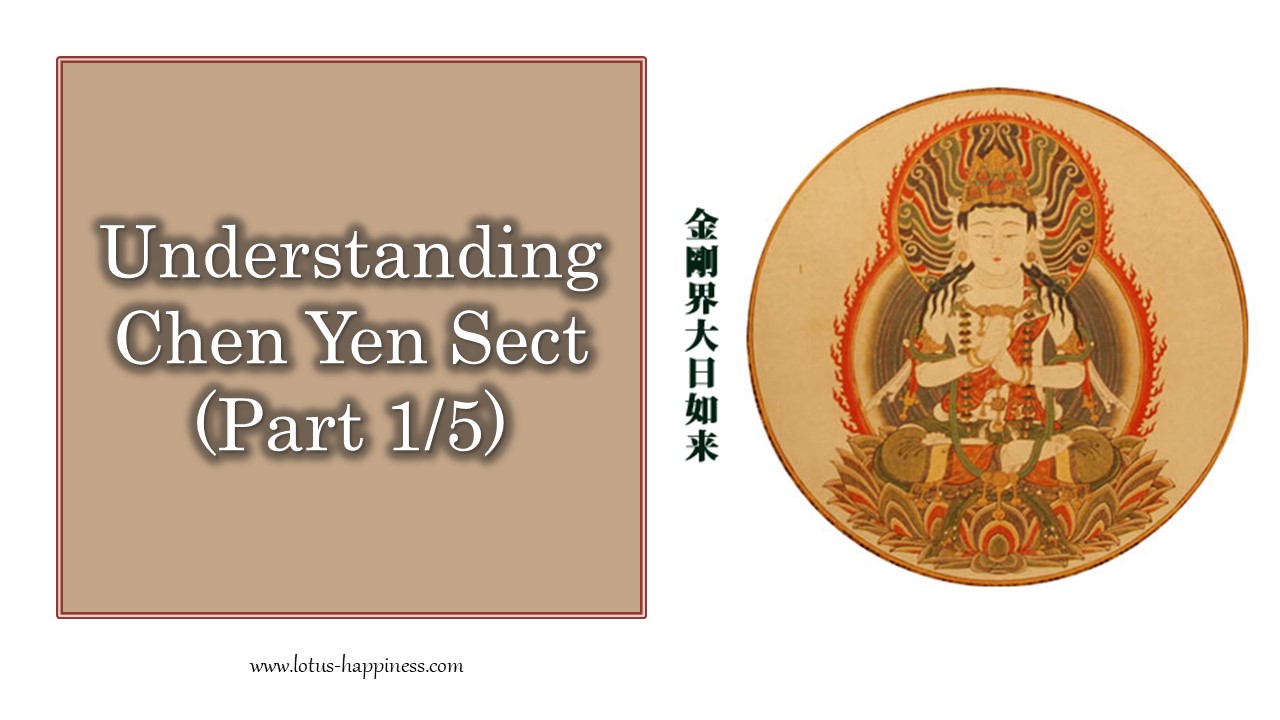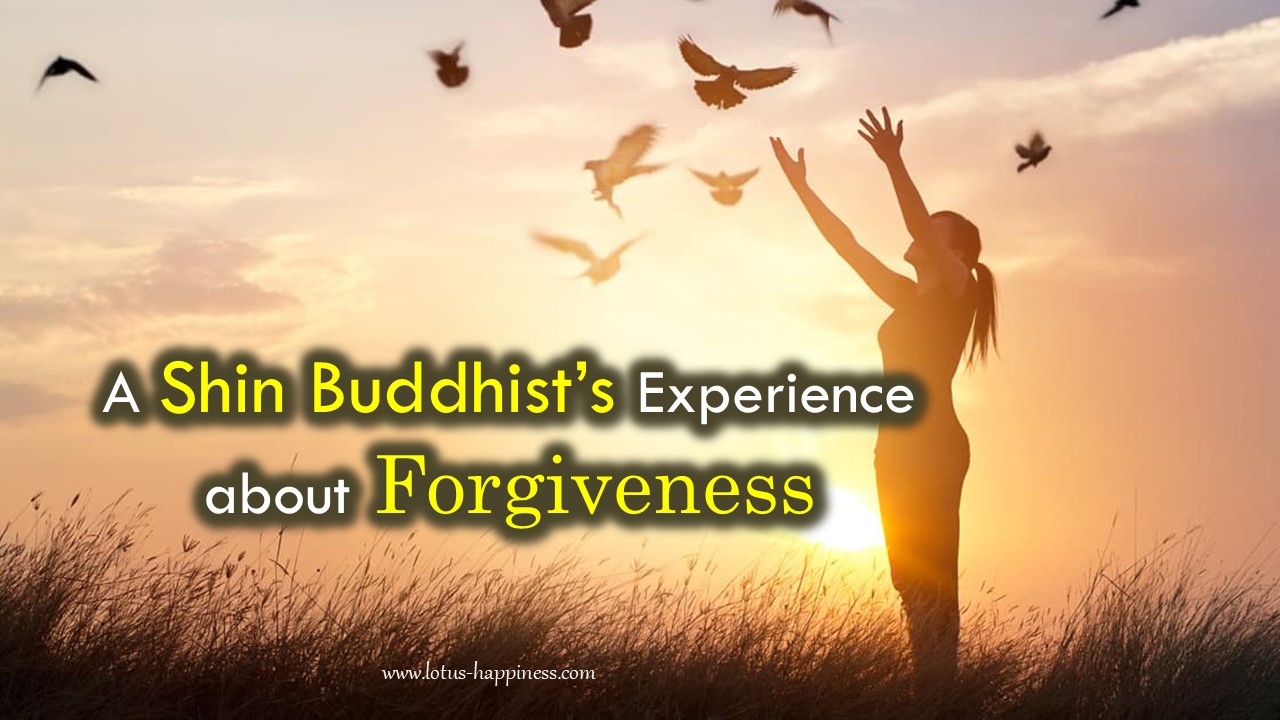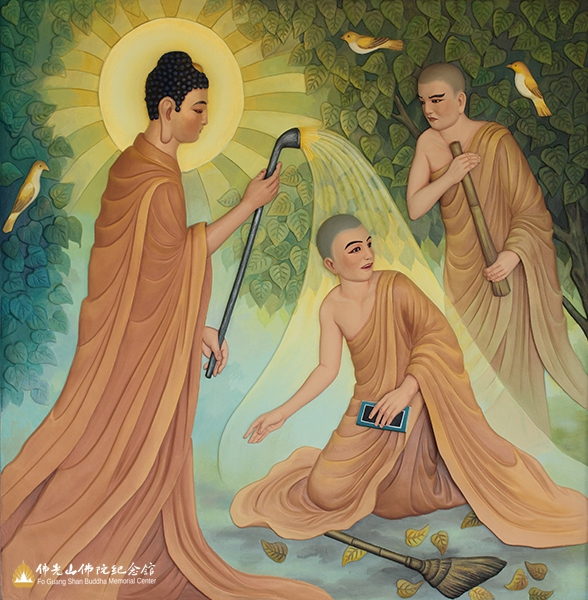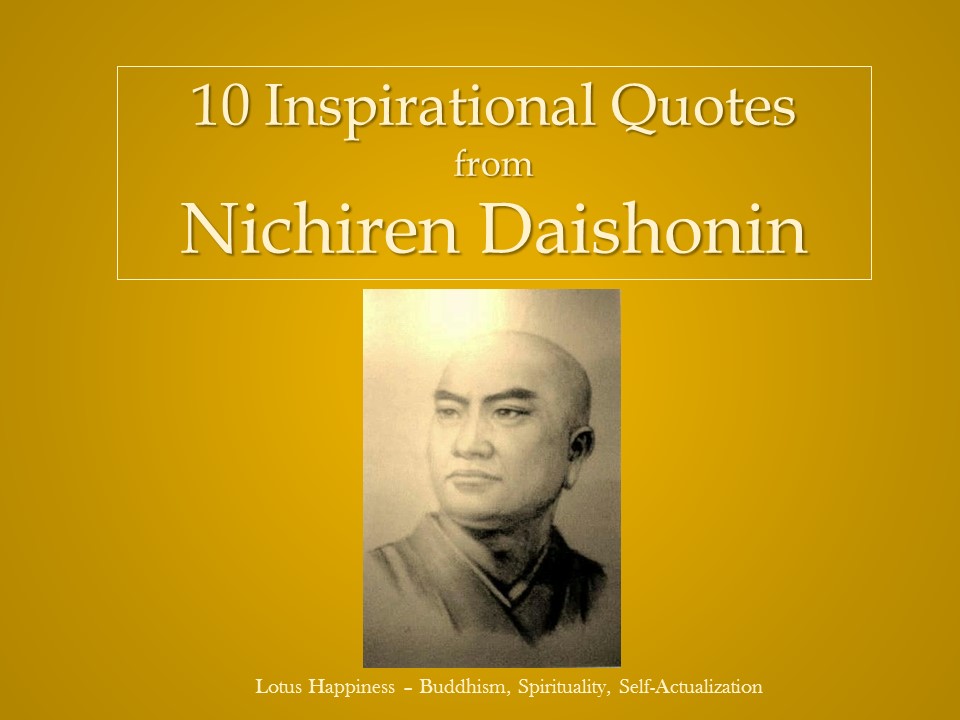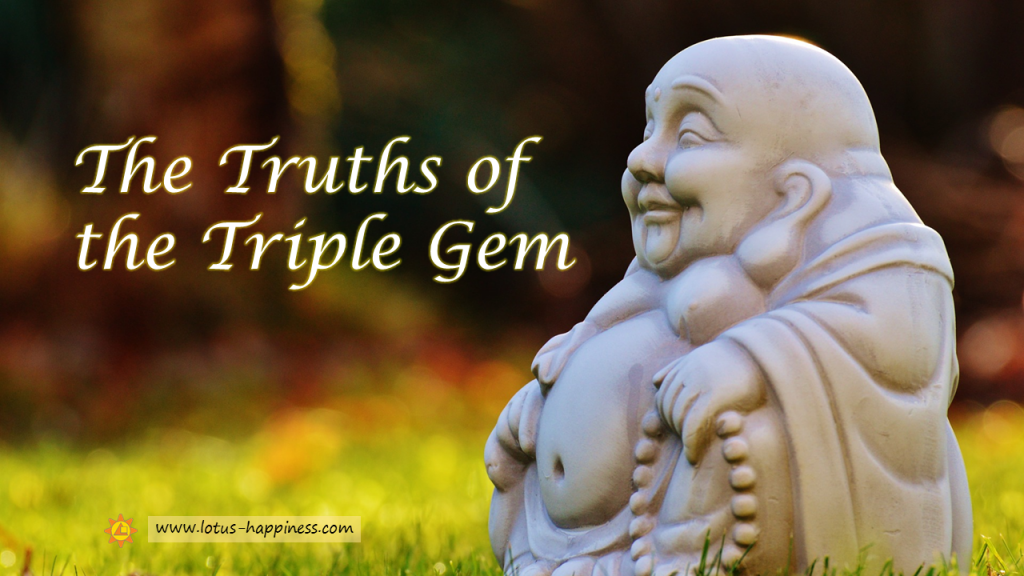
Last week we learnt about the Essence of Buddhism, which is “Attaining Buddhahood.” This week, we shall learn about the Truths of the Triple Gem.
The Truth of the Triple Gem
The Triple Gem, also known as the Three Treasures, Three Jewels, Three Refuges or Precious Triad, refers to the Buddha, Dharma and Sangha. Most Buddhists take refuge in the Triple Gem as part of their core Buddhist practices.
In the Theravada traditions, the Triple Gem is chanted in Pali:
Buddham saranam gacchāmi ( I go for refuge in the Buddha)
Dhammam saranam gacchāmi ( I go for refuge in the Dharma)
Sangham saranam gacchāmi (I go for refuge in the Sangha)
As for the Mahayana traditions, let’s take a look at an example in Chinese:
自皈依佛 (zi gui yi fo: I take refuge in Buddha)
自皈依法 (zi gui yi fa: I take refuge in Dharma)
自皈依僧 (zi gui yi seng: I take refuge in Sangha)
The importance of taking refuge in the Triple Gem cannot be overemphasized. Have you ever wondered what are the truths in the Triple Gem? Here are the evidence found in the Lotus Sutra:
The Truth of the Buddha

The true identity of the Buddha is like a gigantic iceberg: what we can see from the surface is but the tip of the iceberg, the truth is hidden beneath.
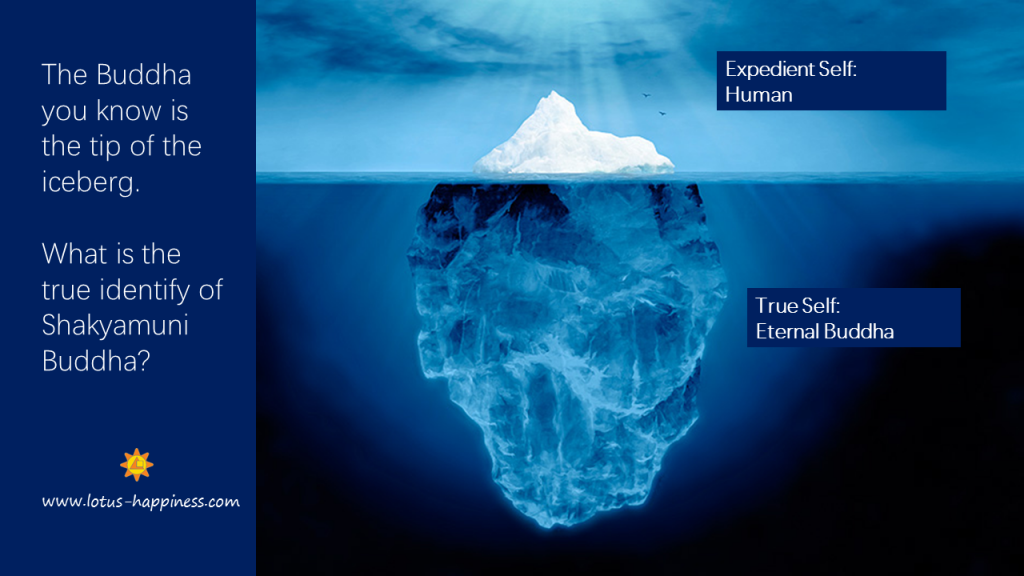
In the above quote, the Buddha declared that he had already attained Buddhahood in the remote past, an inconceivable billions of billions of eons ago. Most people thought the Buddha attained Supreme Perfect Enlightenment for the first time more than 2500 years ago in Nepal. Yet, the Buddha declared the truth of his real identity as the Buddha who has already become a Buddha since billions of eons ago.
One of the divine powers of the Buddha is All-Knowing. The Buddha is someone who knows all and sees all; he is All-Knowing (omniscient) and All-Seeing (omnispective). Because the Buddha perceives the truth of the Universe as it is, he is able to open and make available the path of spiritual liberation by teaching the Buddha-Law.
Below is the evidence of divine power in Chapter 5 – Parable of Medicinal Herbs:
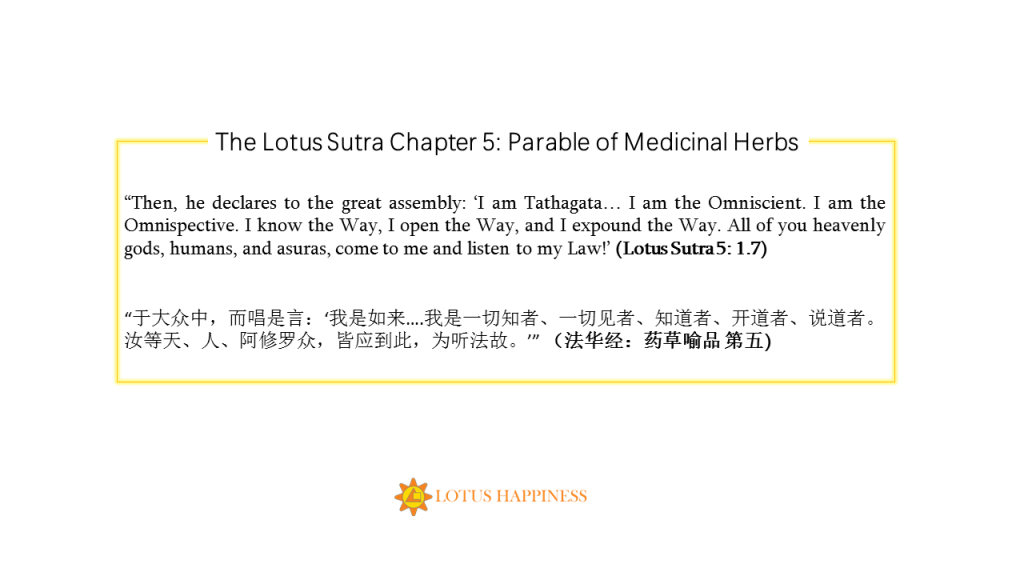
Bottom line: the Buddha is both a human and a supreme being. The ultimate truth is that the Buddha is more than an enlightened human – he has eternal lifespan and divine powers.
The Truth of the Dharma
If someone were to ask you, what is the Buddha’s teaching?
The first thing that comes to mind for most people is probably the Four Noble Truths and the Eightfold Paths, this is how most people associate Buddhism with. Yes, they are, no doubt, the Buddha’s teachings; but no, they are not the essence of the Buddha’s teachings.
What is the essence and the ultimate truth then?
To understand the ultimate truth, we need to ask ourselves, “What is the true purpose of the Buddha’s advent on Earth?”
Purify unwholesome karma?
Abide in the state of mindfulness meditation?
Being liberated from samsara (transmigration of the six lower worlds)?
Reborn in the pureland?
The Buddha has only one goal: to teach people how to become a Buddha. By attaining Buddhahood, also known as Supreme Perfect Enlightenment or Anuttara Samyak Sambodhi (in Sanskrit), one can truly achieve complete and ultimate liberation from suffering.

The key word for the above quote is the “One Buddha-Vehicle”. What does it mean by One Buddha-Vehicle?
It means the Law of Supreme Perfect Enlightenment, the Law of Anuttara Samyak Sambodhi, the Law of Buddhahood. That is the Buddha-Wisdom.
The Buddha applies the Expedient Methods, the pedagogy to teach according to the needs and suitability of each circumstance and individual. People are different in terms of spiritual cultivation, hence their learning capacity and learning curve also vary. Thus, the Buddha has to teach with flexibility so that everyone benefits.
Imagine if the Buddha teaches University-level knowledge to a kindergarten student, will that student be able to understand? Of course not. The Buddha has to contextualize his teachings according to the level of cognitive abilities of his disciples so that all of them are able to understand his teachings. This is a mark of true wisdom and true compassion of a Buddha.
True wisdom is knowing what is best under different conditions (people, time, circumstance) while true compassion is doing it in order to benefit all living beings.
Therefore, when it comes to Dharma, what should come to our minds is the Law of Supreme Perfect Enlightenment, Anuttara Samyak Sambodhi, or Buddhahood. This very Law is only taught in the Lotus Sutra, not the rest of the other sutras. That’s why the Lotus Sutra is the Secret Essence of Tathagata for it reveals the method through which the Buddha attains full enlightenment.
The Truth of the Sangha
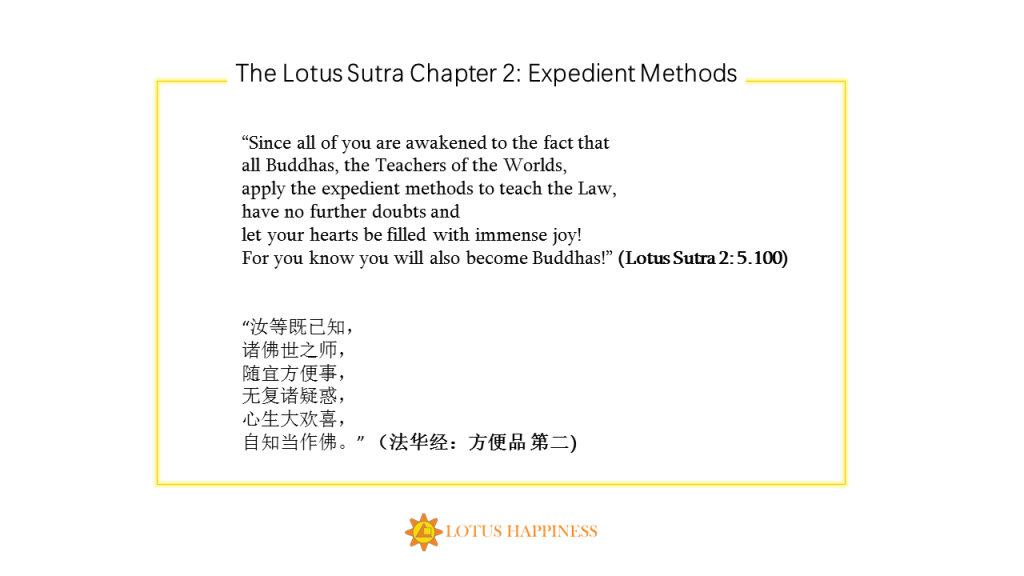
The Buddha taught us that everyone, regardless of race and religion, has the potential to attain Buddhahood. Essentially, everybody is a Buddha.
Inside each of us is a reservoir of great potential waiting to be activated. When we perceive our innate Buddhahood (or Buddha-Nature) within, as well as recognizing the light of Buddhahood in others, we are then able to bring forth the crème de la crème within ourselves and others.
Regardless of whether a person is white, yellow or black; Christian, Muslim or Jew, he or she has a potential of becoming a Buddha. That is true equality
From a secular viewpoint, Buddha means noble qualities such as wisdom, compassion, mindfulness, happiness, inner peace etc. When we say we are Buddhas and we can attain Buddhahood, it means we can bring forth all these noble qualities inherent within us.
Bottom line: We are all Buddhas. As true disciples of the Buddha, we aspire for Buddhahood by awakening our Buddha-Nature within.
Summary:
Here is the pictorial summary for your reference:
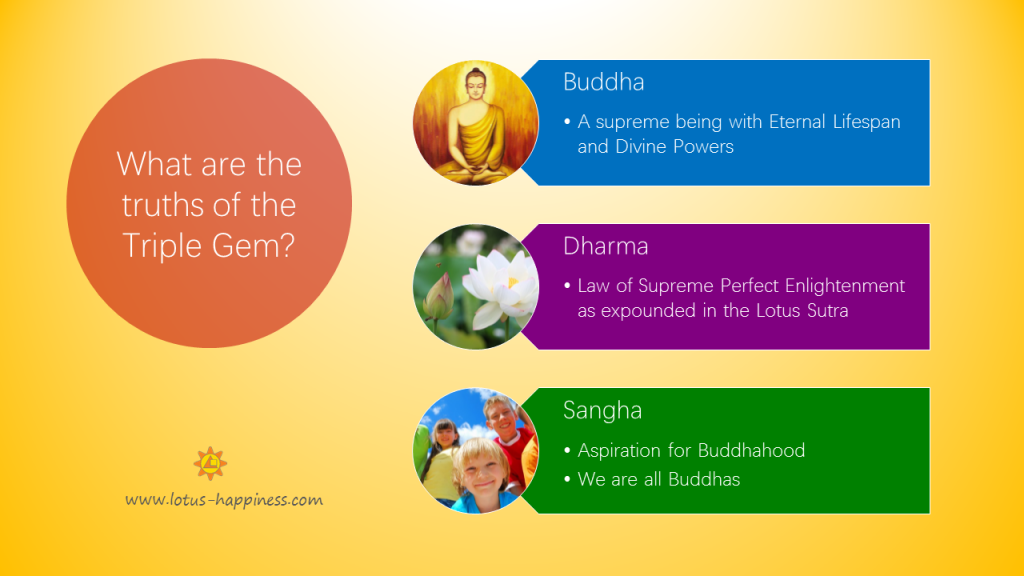
Topic for next Sunday:
Next week, we shall learn about Ten Epithets of the Buddha.
Every Sunday, there will be a blog post to learn about the many topics of Buddhism. If you are keen to learn about Buddhism based on the excerpts in the Lotus Sutra, do sign up for the e-newsletter and like our facebook page – Lotus Happines. We look forward to have you in our weekly Dharma learning!
Welcome your Thoughts and Feedback:
Your thoughts and feedback are most welcome! Eager to hear from you!






